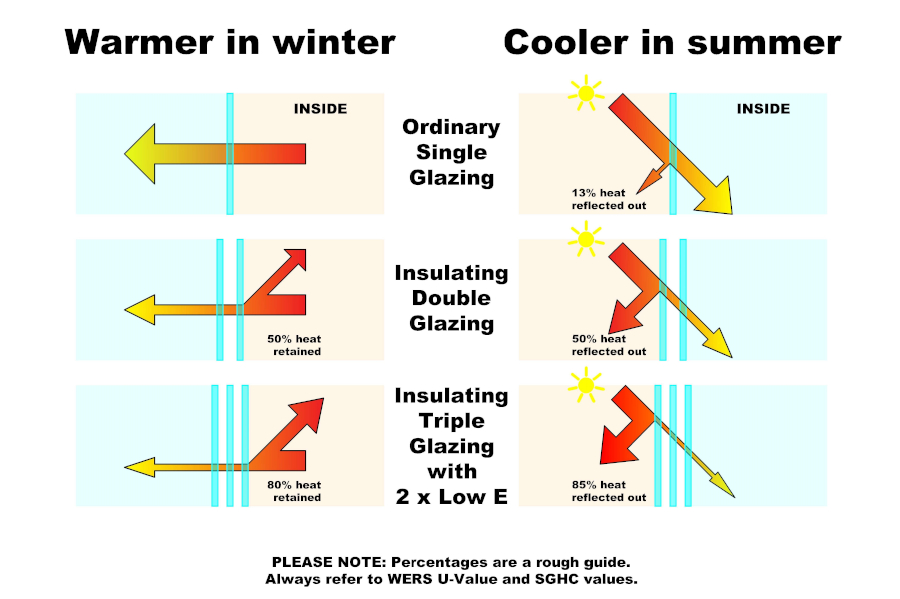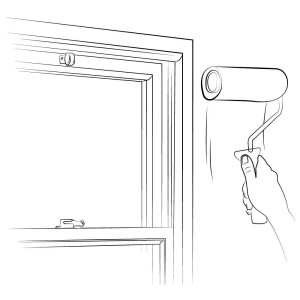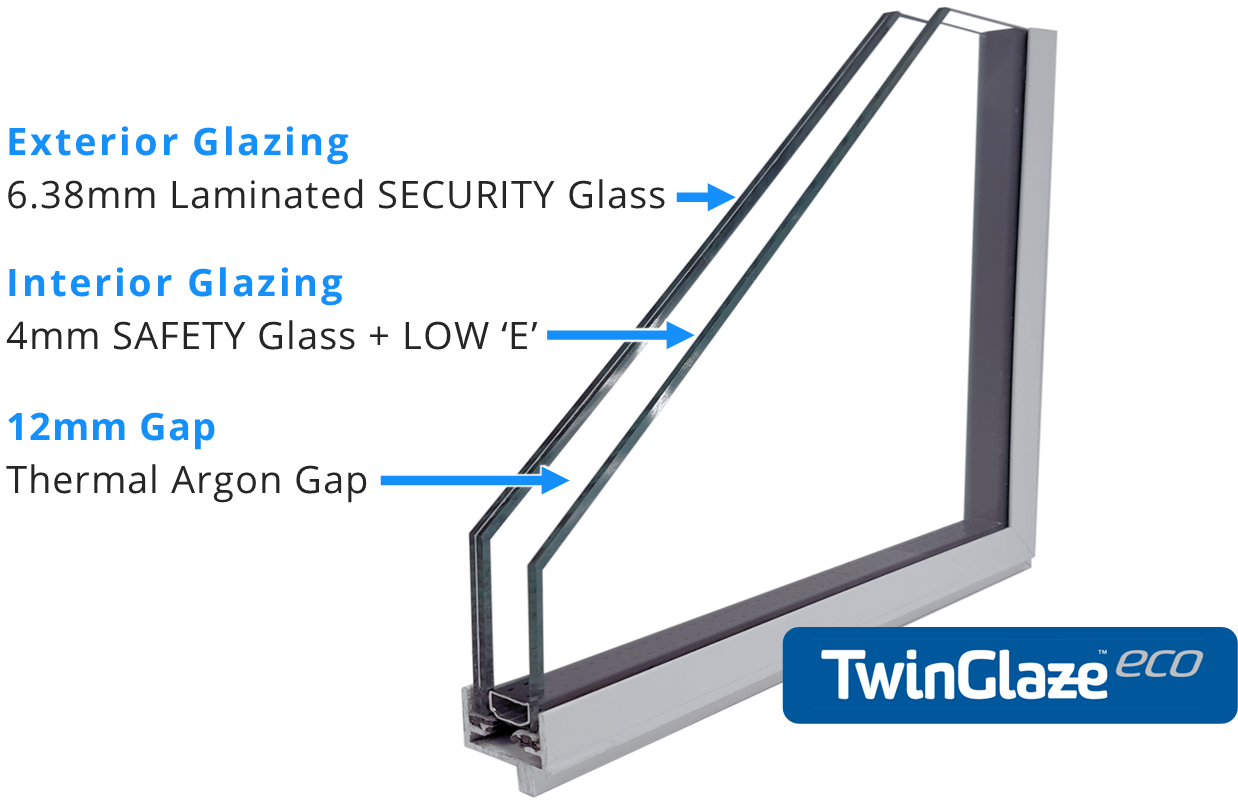All Categories
Featured
Table of Contents
Keep Cool This Summer Without Overusing Your Aircon. in East Cannington Western Australia
Glazing just means the windows in your house, including both openable and set windows, in addition to doors with glass and skylights. Glazing actually simply indicates the glass part, however it is normally used to describe all aspects of an assembly consisting of glass, movies, frames and home furnishings. Taking notice of all of these elements will help you to accomplish reliable passive style.

Energy-efficient glazing makes your home more comfy and dramatically decreases your energy expenses. Inappropriate or poorly developed glazing can be a significant source of undesirable heat gain in summertime and considerable heat loss and condensation in winter. Approximately 87% of a house's heating energy can be gained and up to 40% lost through windows.
Why Is Double Glazing So Important In Winter? in Maddington WA
Glazing is a substantial financial investment in the quality of your home. The cost of glazing and the expense of heating and cooling your home are closely associated. An initial financial investment in energy-efficient windows, skylights and doors can greatly decrease your yearly heating and cooling expense. Energy-efficient glazing likewise minimizes the peak heating and cooling load, which can minimize the required size of an air-conditioning system by 30%, leading to additional expense savings.

This tool compares window selections to a base level aluminium window with 3mm clear glass. Comprehending a few of the crucial properties of glass will assist you to select the very best glazing for your house. Key residential or commercial properties of glass Source: Adapted from the Australian Window Association The amount of light that travels through the glazing is known as visible light transmittance (VLT) or noticeable transmittance (VT).
Single Vs Double Vs Triple - Which Window Is Right For Your ... in Daglish WA
The U value for windows (revealed as Uw), describes the conduction of the whole window (glass and frame together). The lower the U worth, the greater a window's resistance to heat circulation and the much better its insulating worth.
If your house has 70m2 of glazing with aluminium frames and clear glass with a U worth of 6. 2W/m2 C, on a winter's night when it is 15C chillier outside compared to inside, the heat loss through the windows would be: 6. 2 15 70 = 6510W That is comparable to the overall heat output of a large space gas heating system or a 6.
Canberra Window Replacement - Upvc Double Glazed ... in Waikiki Western Australia

If you choose a window with half the U value (3. 1W/m2 C) (for instance, double glazing with an argon-filled space and less-conductive frames), you can cut in half the heat loss: 3. 1 15 70 = 3255W The solar heat gain coefficient (SHGC) for windows (expressed as SHGCw) measures how easily heat from direct sunshine streams through a whole window (glass and frame together).
The lower a window's SHGC, the less solar heat it sends to your house interior. Glazing makers state an SHGC for each window type and design. However, the actual SHGC for windows is affected by the angle that solar radiation strikes the glass. This is called the angle of occurrence.
What Are Double Glazed Windows? - Build in Mindarie WA
When the sun is perpendicular (at 90) to the glass, it has an angle of incidence of 0 and the window will experience the optimum possible solar heat gain. The SHGC stated by glazing manufacturers is always computed as having a 0 angle of occurrence. As the angle increases, more solar radiation is reflected, and less is transmitted.
Table of Contents
Latest Posts
How Are Double Glazed Windows More Energy Efficient? in Helena Valley Perth
Why Should You Have Double-glazed Windows This Summer? in Secret Harbour WA
Double Glazed Windows Brisbane in Mosman Park Western Australia
More
Latest Posts
How Are Double Glazed Windows More Energy Efficient? in Helena Valley Perth
Why Should You Have Double-glazed Windows This Summer? in Secret Harbour WA
Double Glazed Windows Brisbane in Mosman Park Western Australia